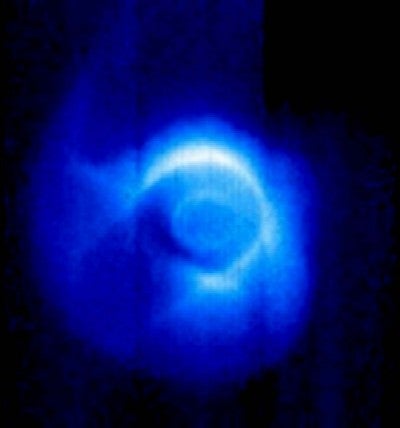“Have you tried restarting it?” This first question technicians pose to computer users staring blankly at their frozen monitors may one day revive a spacecraft. Today, though, NASA’s Imager for Magnetopause-to-Aurora Global Exploration (IMAGE) satellite orbits Earth as unresponsive as a frozen desktop computer.
Launched March 25, 2000, IMAGE has operated more than twice as long as expected and in so doing, revealed Earth’s previously invisible magnetosphere — the magnetic field around Earth that traps and controls the movement of charged particles from the solar wind.
Since December 18, 2005, IMAGE has not responded to communication attempts from ground controllers. Among the ideas mission scientists are considering to bring IMAGE back to life: restart it.
Moore said, “A full power-off restart might clear an indicator problem that is tricking the spacecraft computer.”
According to Moore, however, “This can only happen if power is interrupted,” like during a long solar eclipse. The next opportunity for such an attempt occurs in October 2007. This eclipse would last a couple of hours because IMAGE will be at apogee — its farthest point from Earth — and pass slowly through Earth’s shadow.
In the meantime, Moore and his team have plenty of questions about Earth’s magnetosphere to ponder, thanks to IMAGE’s robust collection of discoveries. These questions include:
- How is the solar wind coupled with the ionosphere — an atmospheric layer with a high concentration of ions and free electrons?
- How does ionospheric conduction (heat transfer) influence the magnetosphere, including outflows to high altitude?
- What controls ionospheric expansion into the magnetosphere?
Until they can try to restart IMAGE in October 2007, Moore and his team will investigate how to resuscitate their satellite, continue studying its impressive data collection, and expand their understanding of the magnetosphere.
According to Moore, no direct follow-up mission to IMAGE is in development, but “There are some spin-off missions” designed to focus on different aspects of Earth’s space environment.










